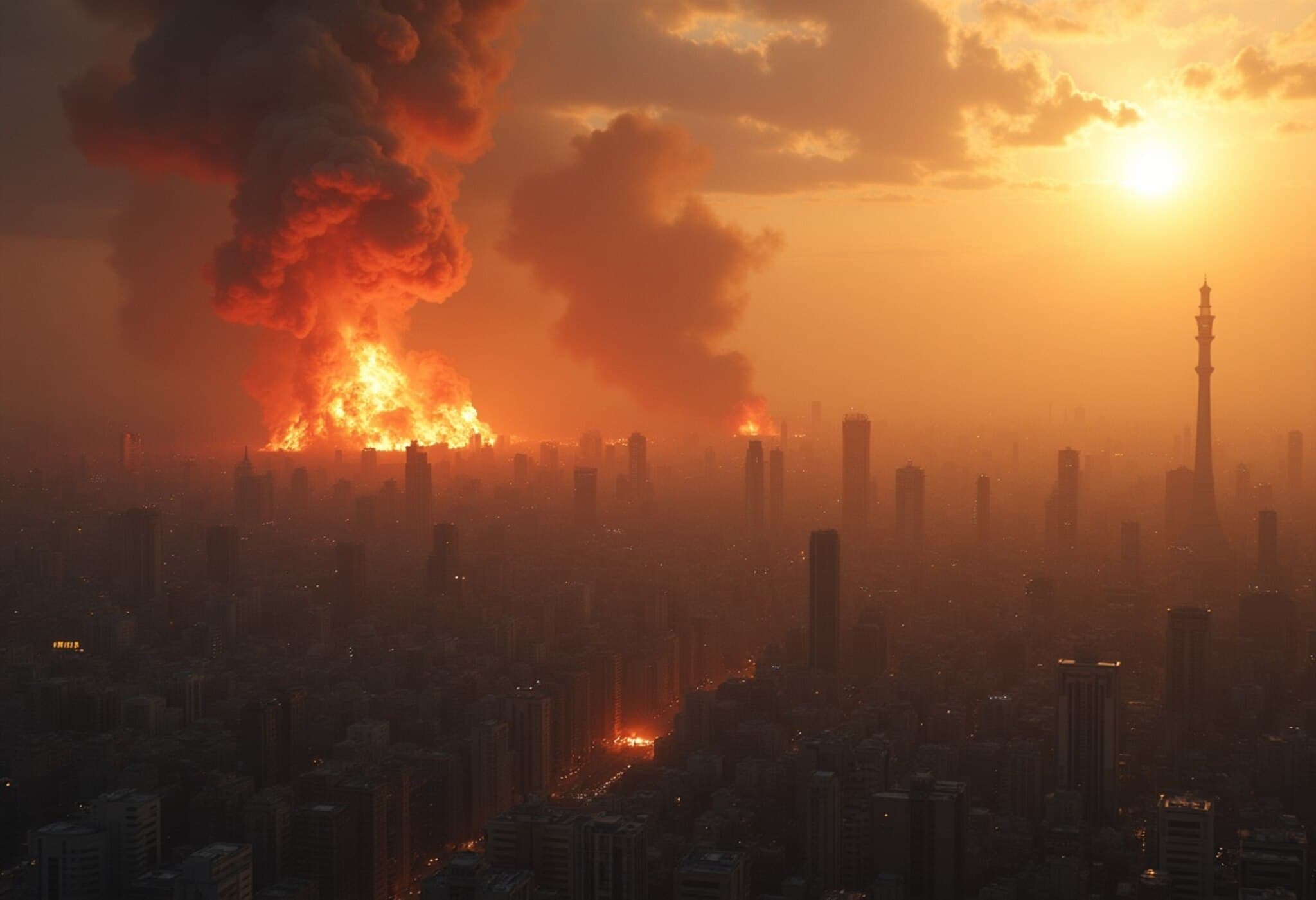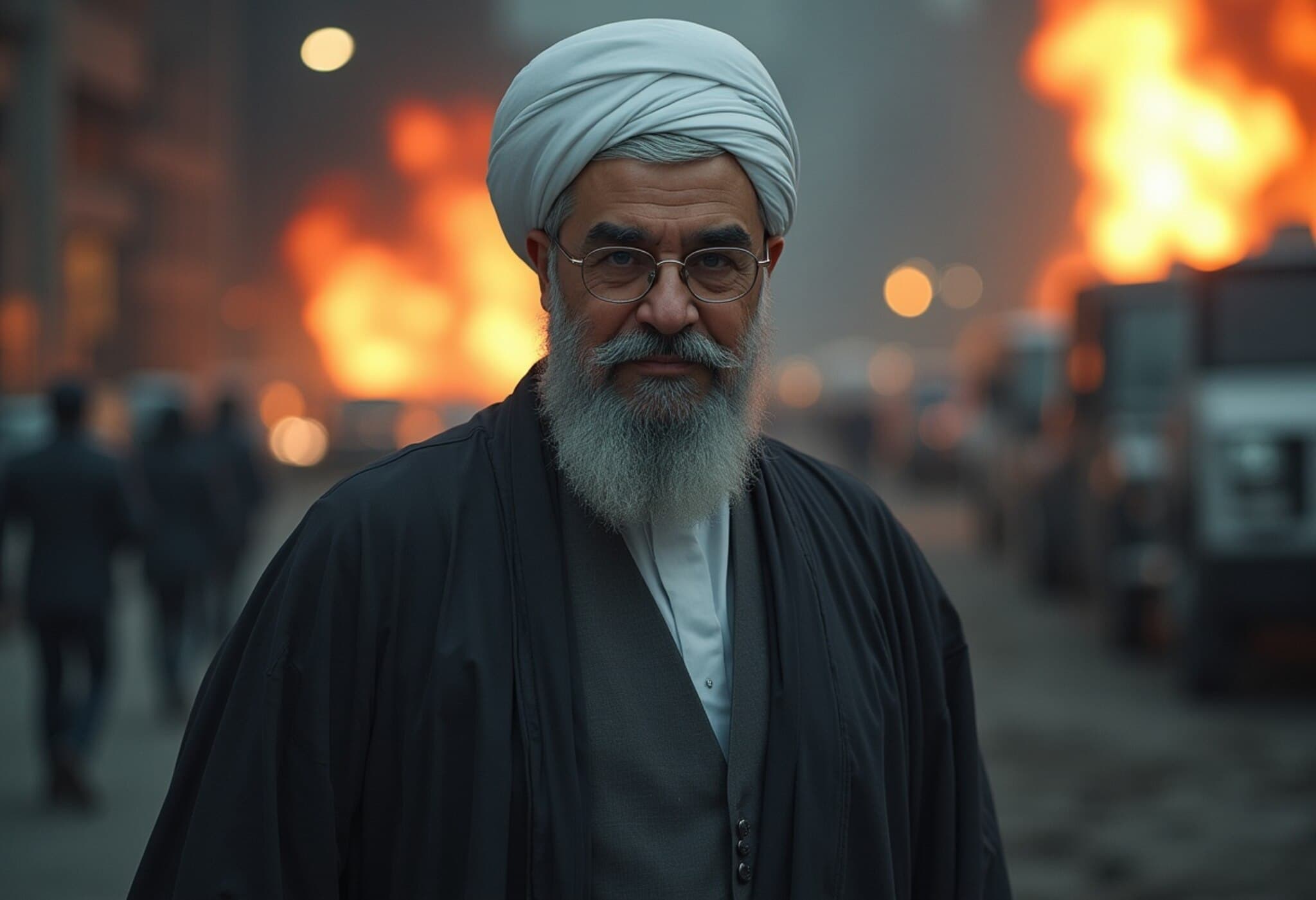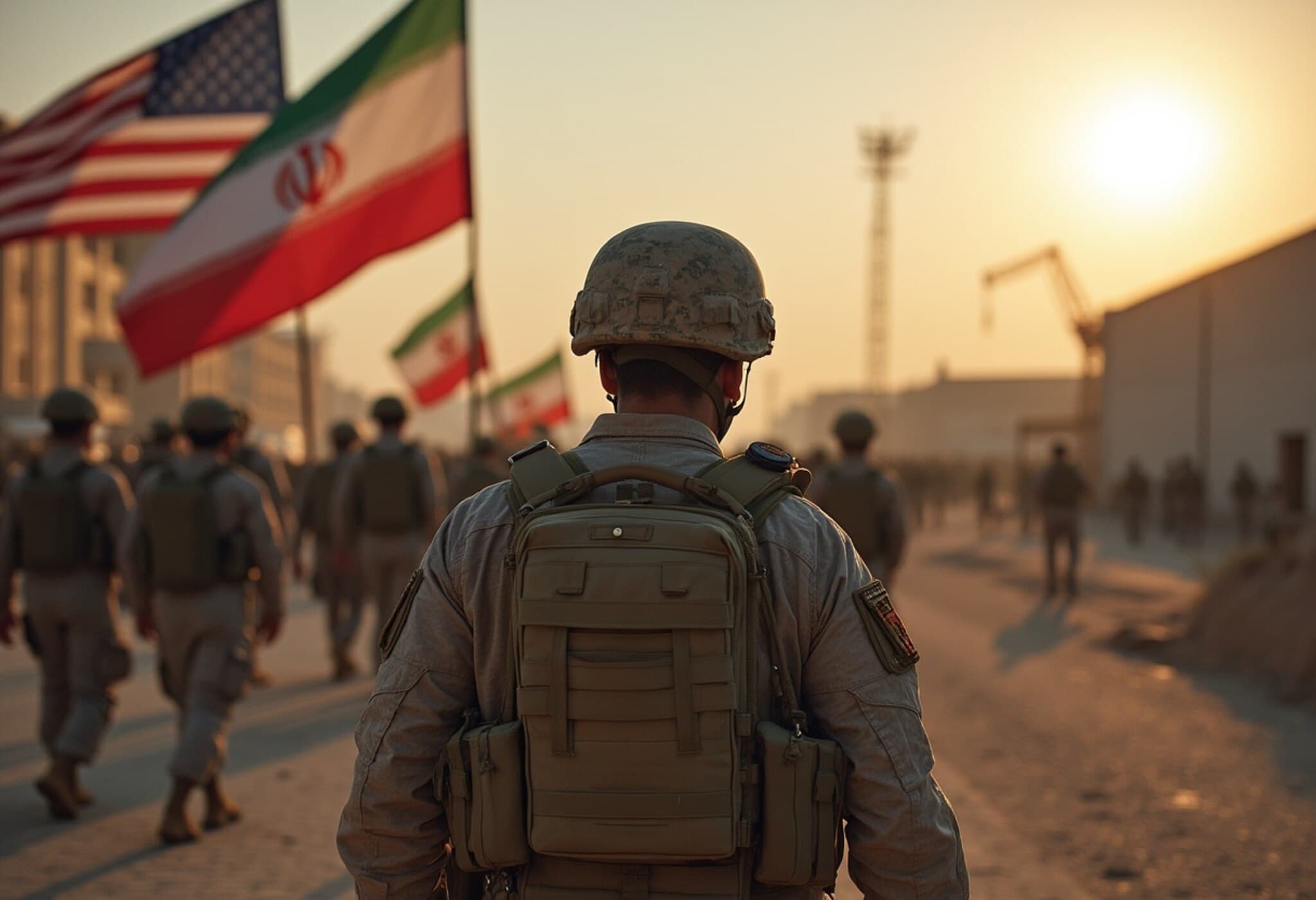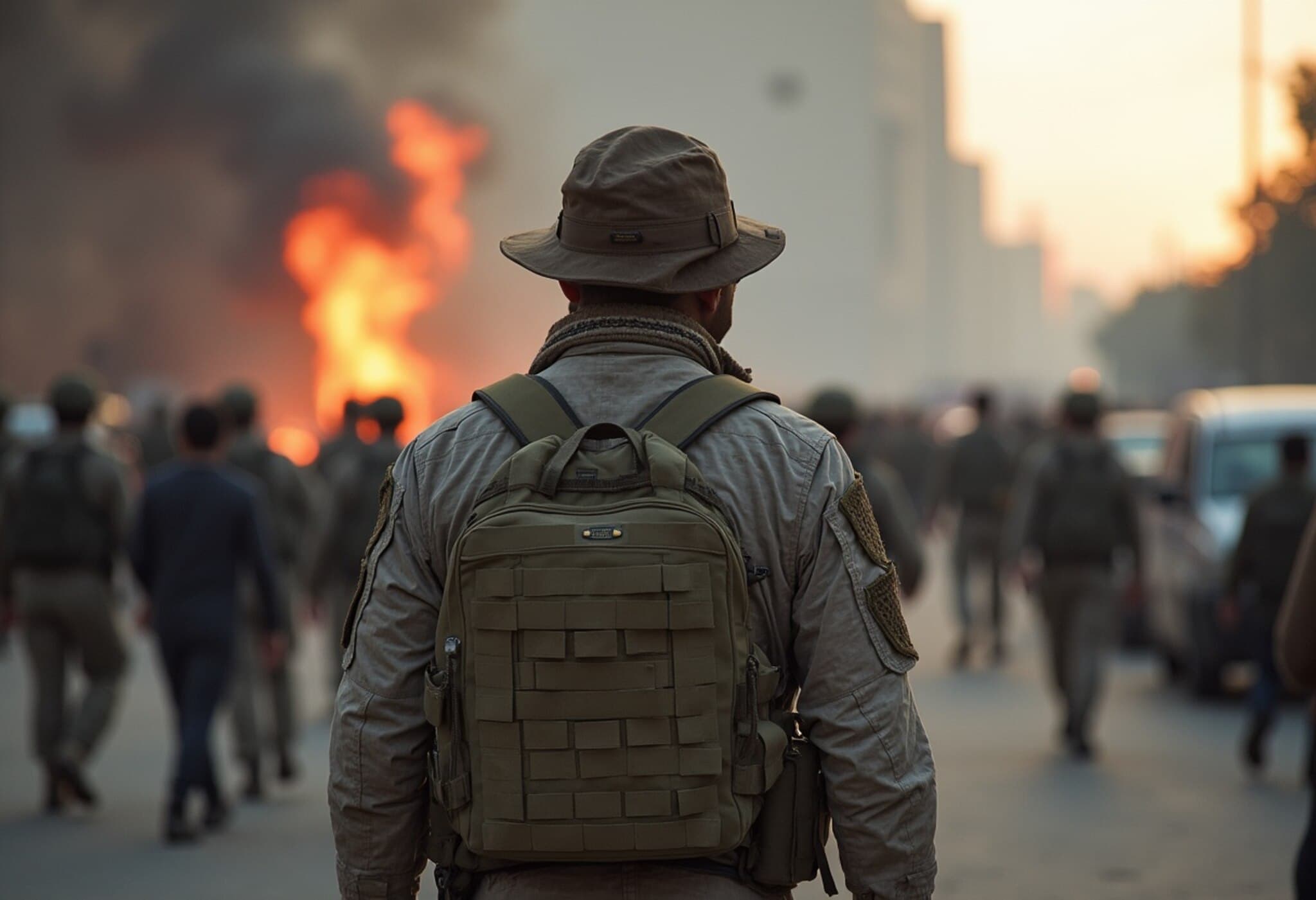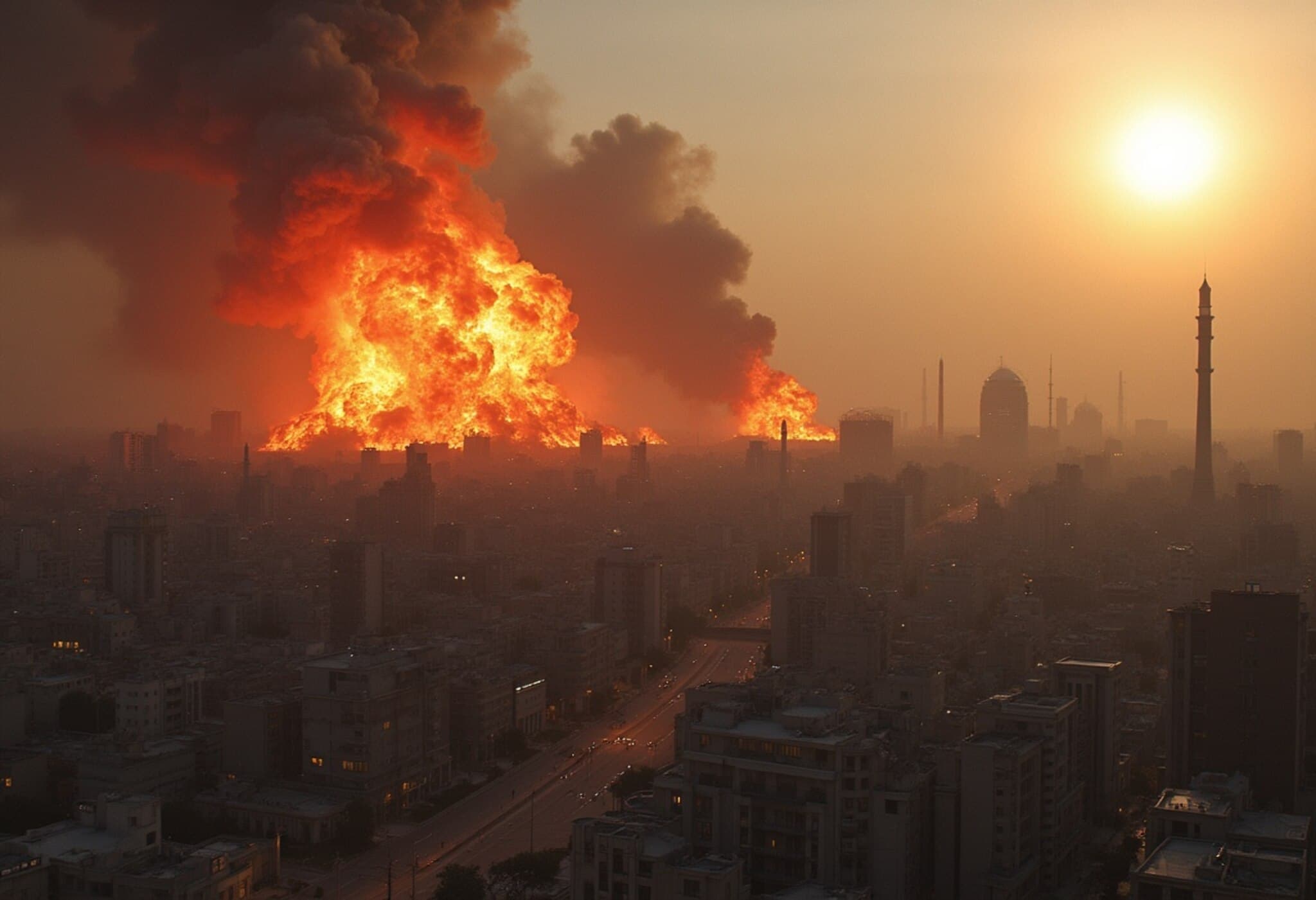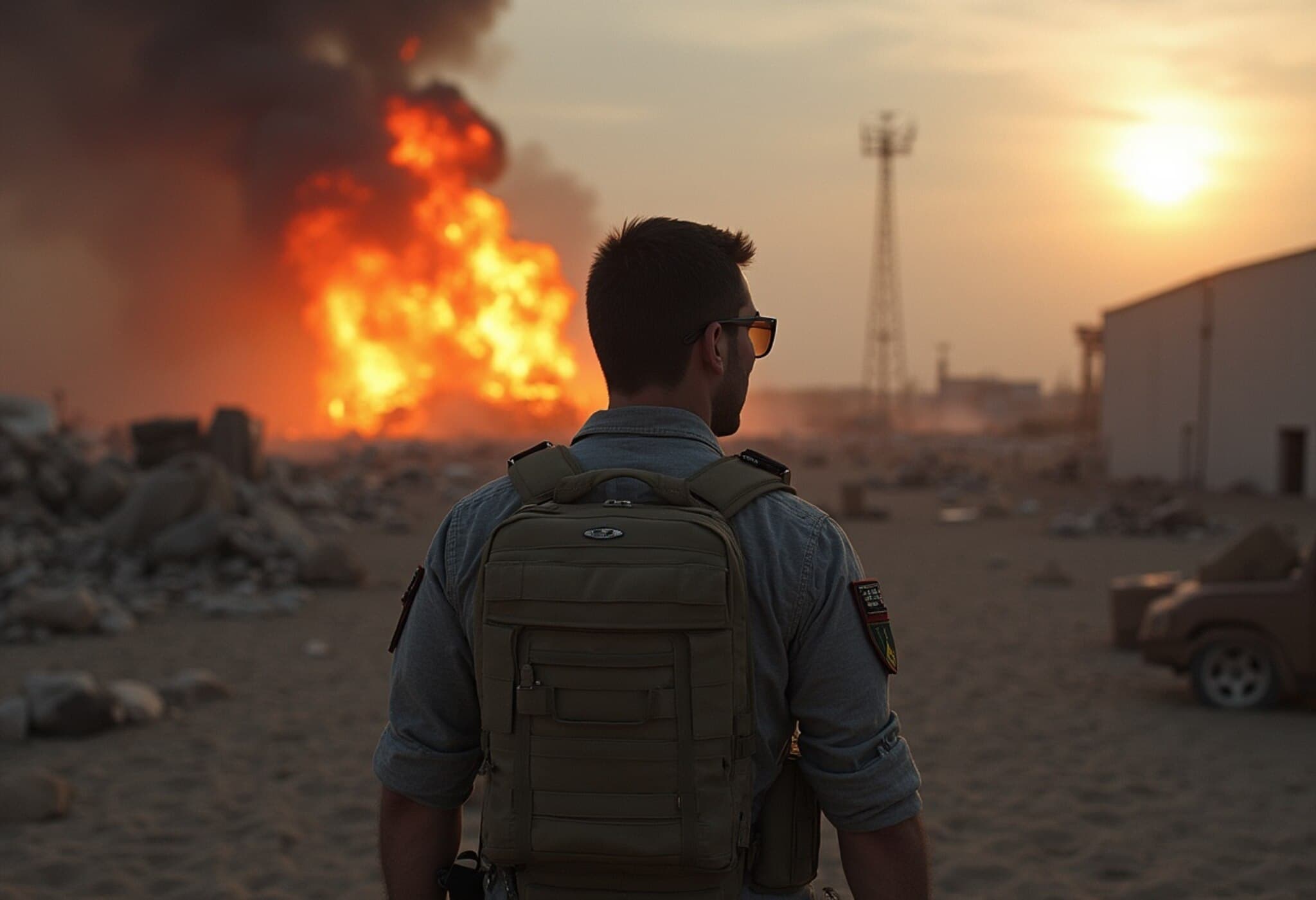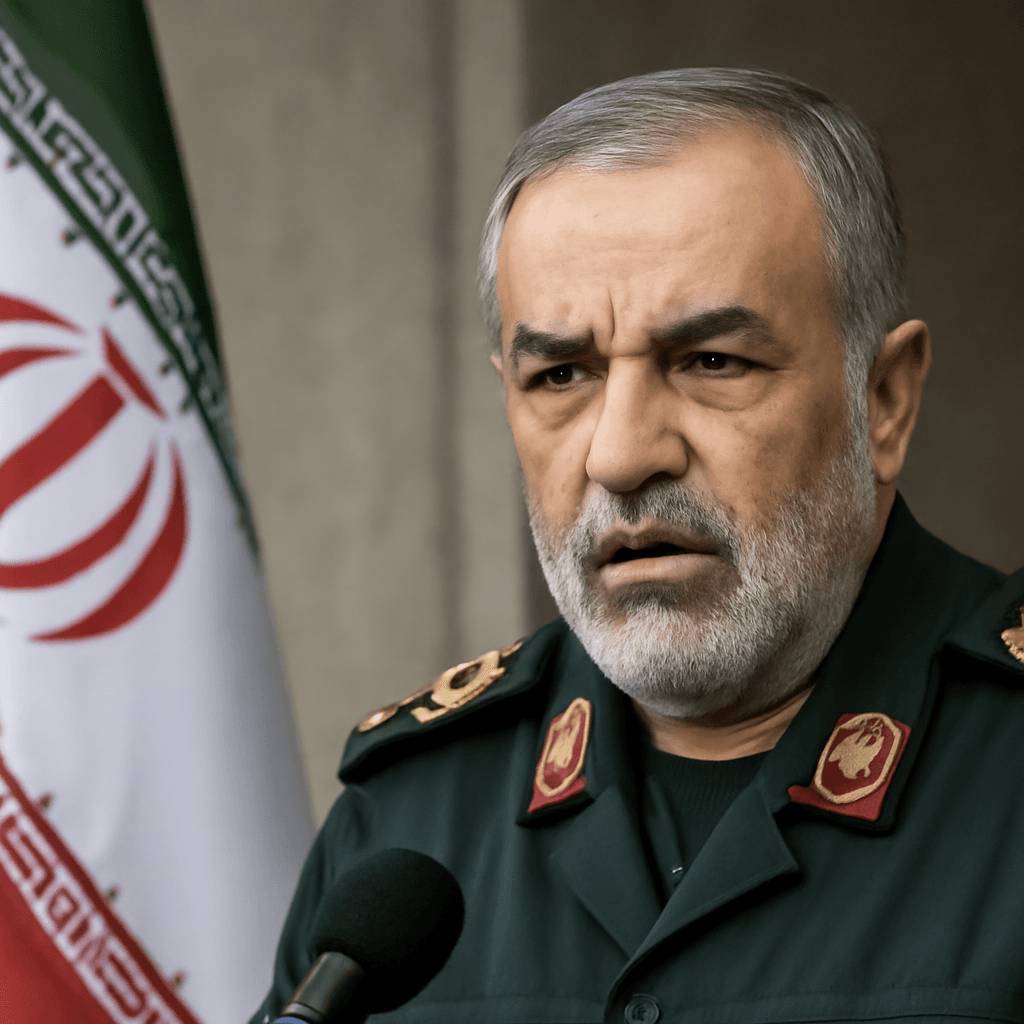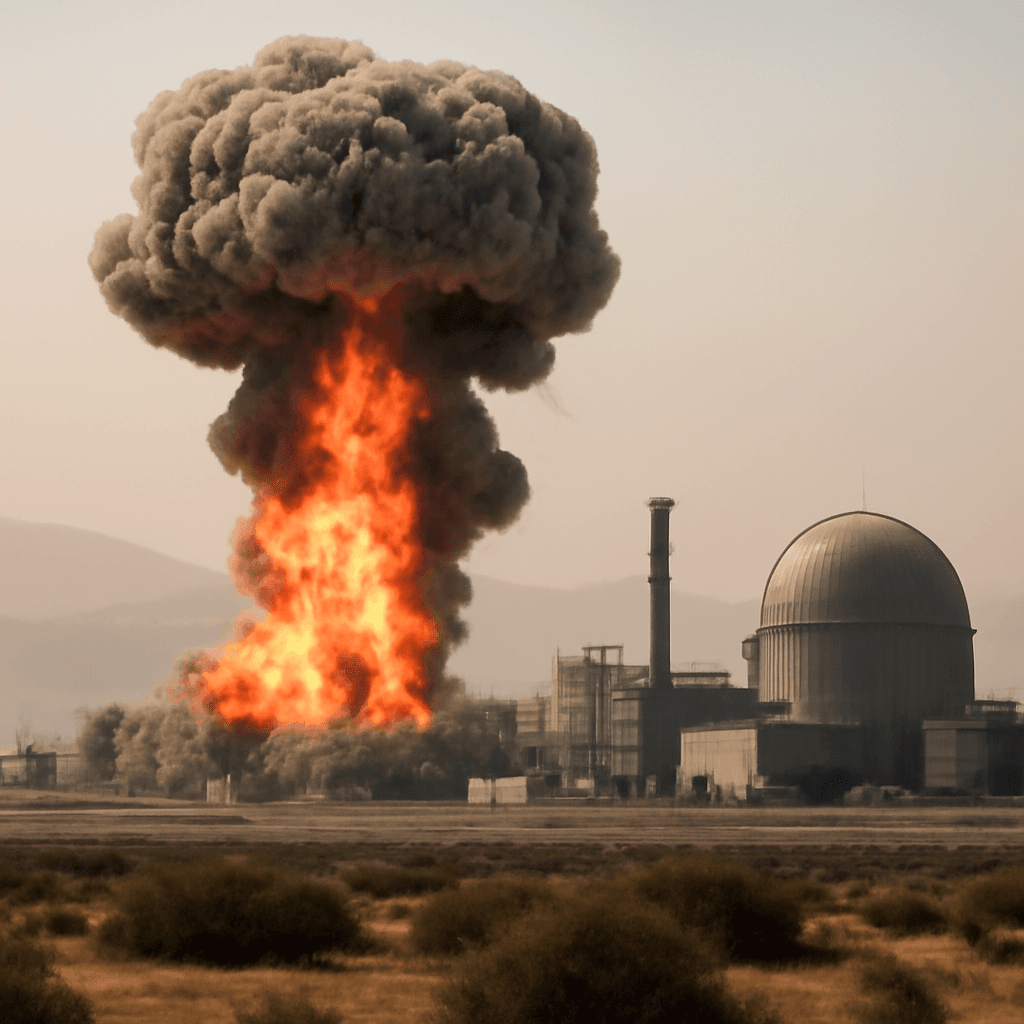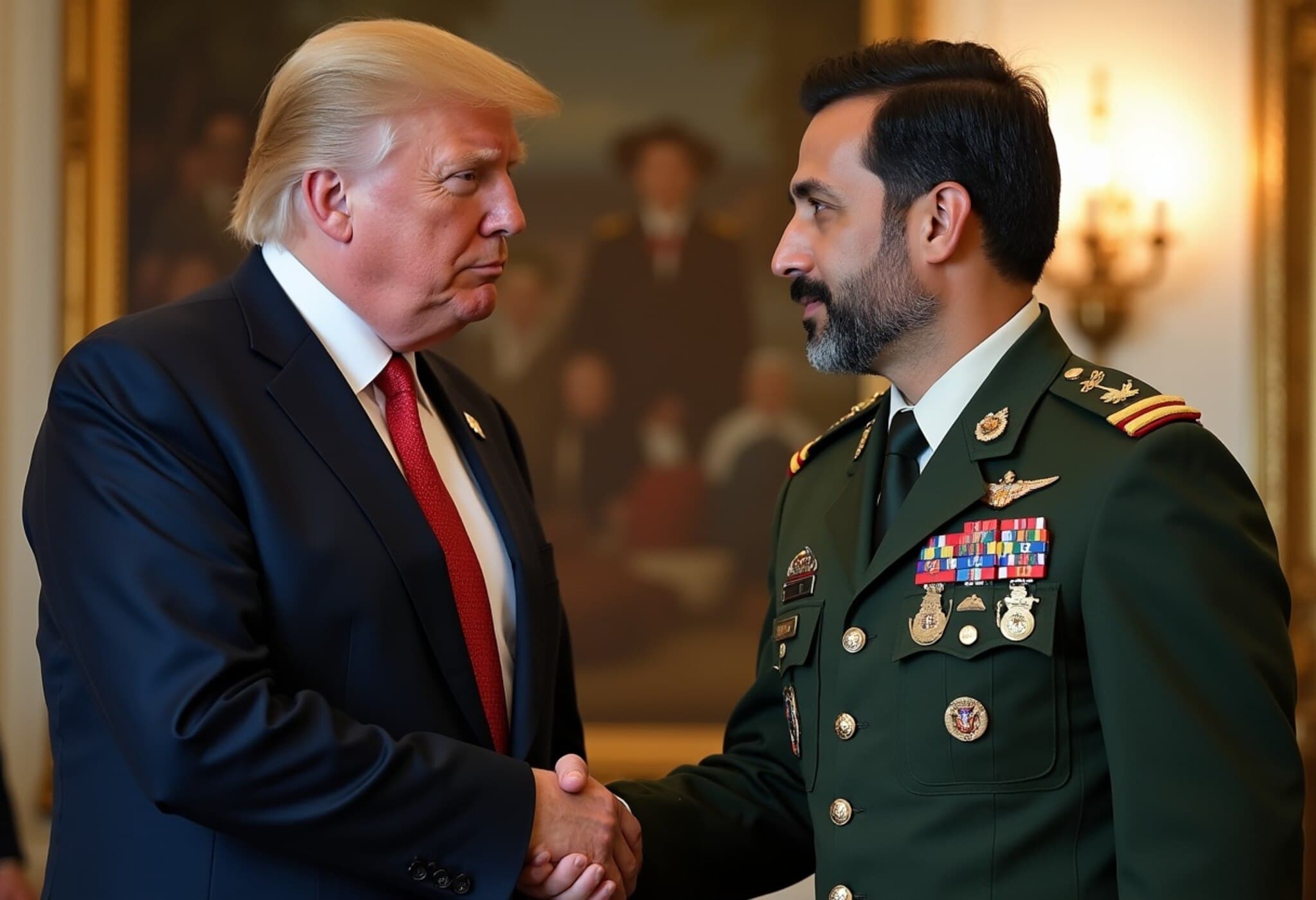Israeli Air Force Strikes Key Facilities in Tehran
In a bold overnight operation, the Israeli Defense Forces (IDF) launched approximately 50 fighter jets to target critical uranium enrichment and missile manufacturing sites in Tehran. The strikes, which occurred on the night of June 17-18, aimed to disrupt Iran’s nuclear weapons development capabilities.
Focus on Uranium Enrichment Facility
The IDF confirmed that one of the primary targets was a centrifuge production site in Tehran. Such facilities are instrumental in accelerating uranium enrichment, a step closely tied to nuclear weapons development. The IDF spokesperson emphasized, “Civilian nuclear programs do not necessitate enrichment at the levels enabled by this site.” This point underscores Israel’s claim that the site was linked to military, rather than peaceful, nuclear ambitions.
Additional Missile Manufacturing Targets
Beyond the centrifuge facility, the airstrikes also hit multiple locations involved in producing components for surface-to-air missile systems. The IDF highlighted that these missile sites pose a direct threat, designed specifically to target aircraft.
The intelligence that guided these strikes reportedly took years to compile, reflecting a sustained Israeli effort to monitor and counter Iran’s military advances.
Tehran Under Attack: Explosions and Evacuations
Residents across Tehran reported hearing loud explosions and witnessing anti-aircraft rocket fire lighting up the night sky during the operation.
In response to the escalating hostilities, Israeli authorities urged civilians near military and nuclear sites to evacuate, triggering a mass exodus from the capital.
Statements from Israeli Defense Officials
Israeli Defense Minister Israel Katz described the operation vividly, stating, “A tornado storm is passing through Tehran. Government symbols are being bombed and collapsing—starting with the broadcasting authority and soon targeting other sites.” He further asserted, “This is how dictatorships collapse,” highlighting the symbolic weight of the airstrikes beyond their immediate tactical impact.
Iran’s Warning and International Tensions
Unfazed, Iran’s ambassador to the United Nations in Geneva, Ali Bahreini, warned that Tehran will “respond strongly” to the attacks. At the same time, he reiterated Tehran’s stance that its nuclear program remains peaceful and for civilian purposes only.
US Military Movements and Political Calculations
Amid rising tensions, the United States has repositioned dozens of Air Force aircraft to bases across Europe, accompanied by naval deployments aimed at protecting Israel from potential Iranian retaliation.
While President Donald Trump has called on Iran to de-escalate the conflict, discussions about possible US intervention are underway, facing mixed reactions from American lawmakers.
What Comes Next?
This latest offensive marks a significant escalation in the volatile relationship between Israel and Iran, underscoring the fragile security dynamics in the Middle East. The international community watches closely as further developments unfold in this high-stakes confrontation.

